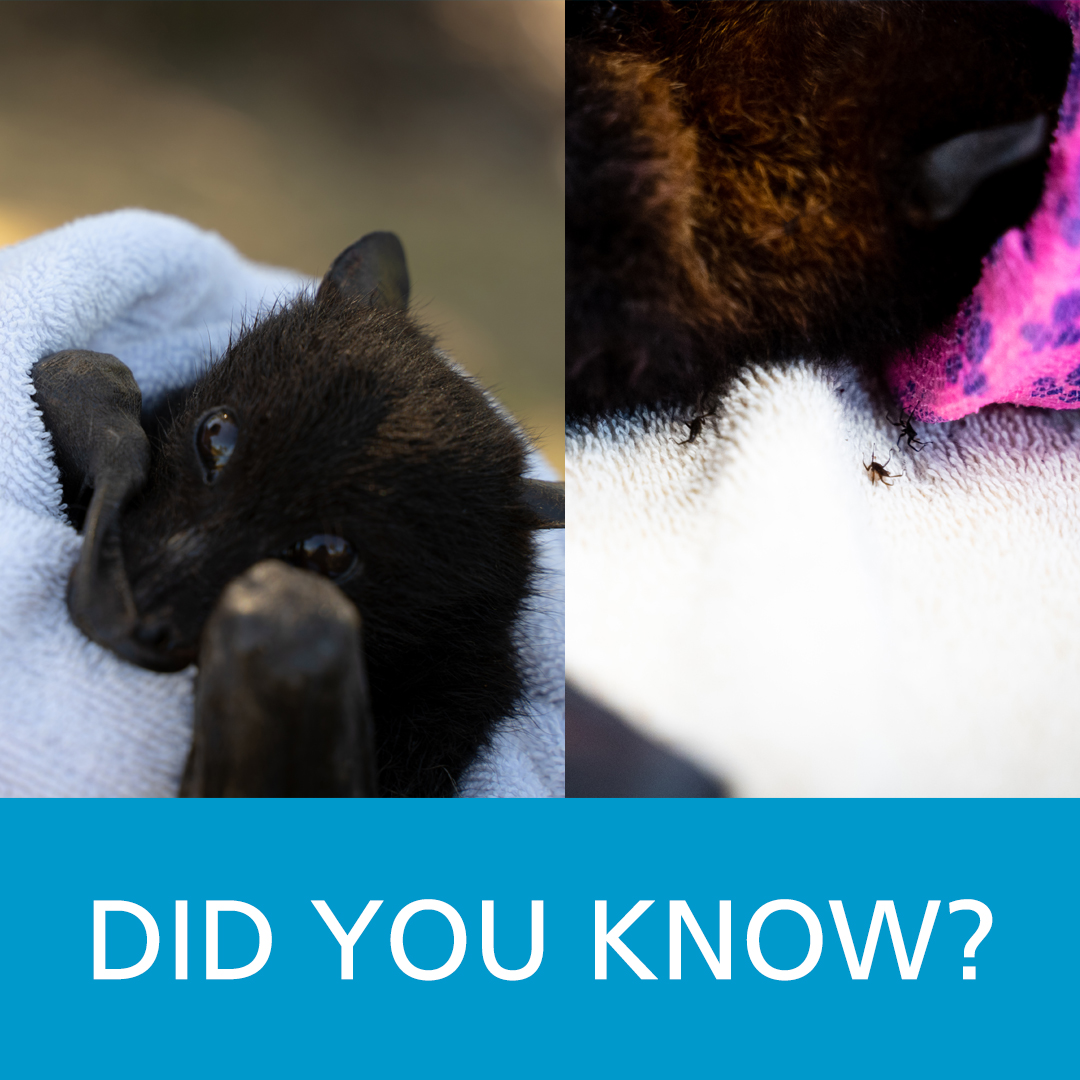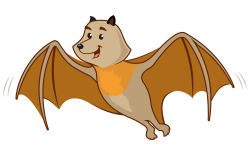
Fun Facts
Fun Facts
Colonies can have up to 200000 flying foxes in them.

Fun Facts
Fun Facts
The biggest flying foxes have 1.6 metre wingspans.
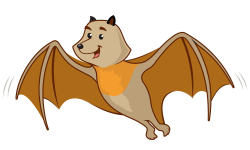
Fun Facts
Fun Facts
Flying fox mothers typically give birth to a maximum of one baby every year.

Fun Facts
Fun Facts
Unlike birds which can easily take off from a standing position, flying foxes typically drop from heights before taking flight, so hanging upside down means taking off is just a matter of letting go.
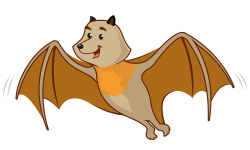
Fun Facts
Fun Facts
Flying foxes live in large social groups called colonies or camps where hundreds or even thousands of flying foxes can be spotted hanging upside down from the tops of trees.
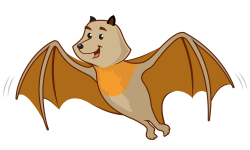
Fun Facts
Fun Facts
Flying foxes invert to go to the toilet, turning upside down for them, but the right way up as we would see it









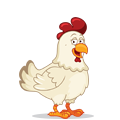












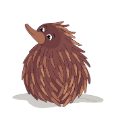


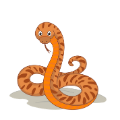

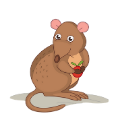

 The flying fox is a member of a large group of mammals called bats. Bats are the only group of mammals capable of sustained flight. Flying foxes are largely vegetarian, their preferred diet is nectar and pollen from native trees, as well as native fruits and berries. They feed on orchard fruits when their natural diet is in short supply and also eat insects when the opportunity arises. Flying foxes don't use sonar like smaller, insect-eating bats; only their eyes and ears like us. They see as well as a cat at night and are just about as smart.
The flying fox is a member of a large group of mammals called bats. Bats are the only group of mammals capable of sustained flight. Flying foxes are largely vegetarian, their preferred diet is nectar and pollen from native trees, as well as native fruits and berries. They feed on orchard fruits when their natural diet is in short supply and also eat insects when the opportunity arises. Flying foxes don't use sonar like smaller, insect-eating bats; only their eyes and ears like us. They see as well as a cat at night and are just about as smart.